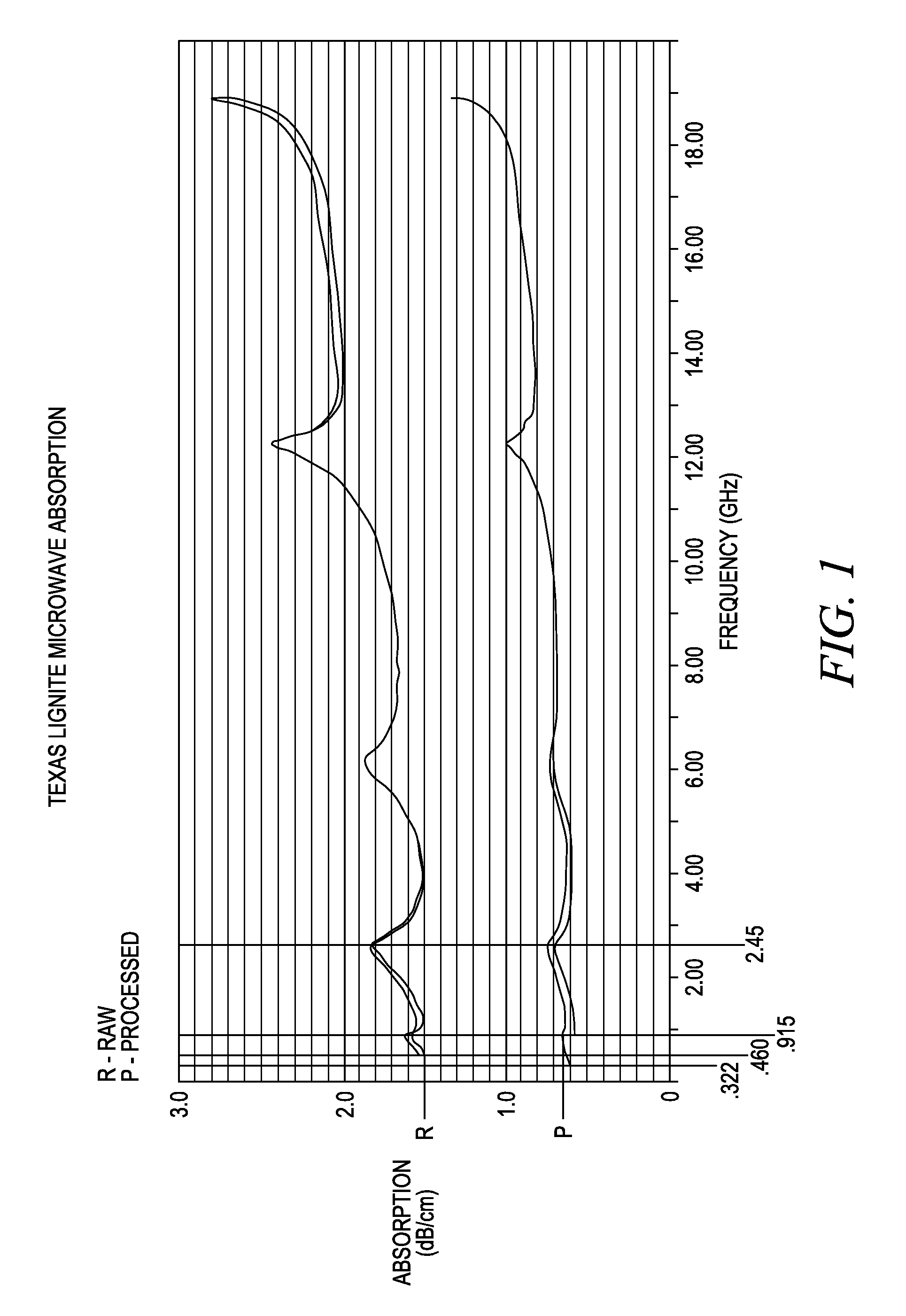Pre-burning, dry process methodology and systems for enhancing metallurgical solid fuel properties
a technology of metallurgical solid fuel and dry process, which is applied in the direction of lighting and heating apparatus, furniture, energy input, etc., can solve the problems of affecting the efficiency of coal-burning utility plants, and affecting the efficiency of coal-burning utilities. , to achieve the effect of reducing the risk of arcing
- Summary
- Abstract
- Description
- Claims
- Application Information
AI Technical Summary
Benefits of technology
Problems solved by technology
Method used
Image
Examples
embodiment a
[0201]A. Raw-Fuel Section
[0202]The system 200, shown in FIG. 4, includes a raw-fuel section 202. Raw-fuel section 102 can be a storage bin to collect raw coal or to otherwise receive raw coal to be processed by the apparatus. Typically, raw fuel is received from a remote location, such as a coal mine and collected in raw-fuel section 202, until called upon for further processing. Raw fuel, such as lignite, anthracite, bituminous, sub-bituminous, low-sulfur, high-sulfur and blended coals can be stored in raw-fuel storage until needed. Selected amounts of raw fuel are sized by the raw-fuel section 202 for processing by other parts of the system 200. The raw-fuel section 202 can also include a series of one or more coal-crusher devices that break relatively large chunks of coal into smaller pieces of coal. Raw-fuel section 202 can include equipment such as, but not limited to, a pulverizer, a coal crusher, a ball mill, or a grinder. By way of example, a coal crusher can be used to size...
embodiment b
[0235]An embodiment of a pilot plant is illustrated in FIG. 16. The plant features a bucket elevator feed 1102 coupled with a bucket elevator 1104 for transporting raw coal to the feed tank 1106. The feed tank 1106 is mounted over a shuttle valve 1110, hopper 1112 and hopper valve 1114. When coal flows from the feed tank 1106 down through the hopper valve 1114, the coal is dumped into a transfer auger 1116, which transports the coal through the microwave processing chamber 1118. Upon exiting the microwave processing chamber 1118, the coal flows through a coal receiver 1120 and valve 1122 into storage receptacles 1124.
[0236]The process chamber 1118 is also fitted with drains 1126, which feed into a vent line 1128. The vent line 1128 leads to a sulfur trap 1130. Another line 1132 directs the flow from the sulfur trap 1130 to the condenser 1134, then to a water storage tank 1136 and finally to an exhaust fan and emission-control system 1138.
[0237]The process flow through this plant is ...
PUM
 Login to View More
Login to View More Abstract
Description
Claims
Application Information
 Login to View More
Login to View More - R&D
- Intellectual Property
- Life Sciences
- Materials
- Tech Scout
- Unparalleled Data Quality
- Higher Quality Content
- 60% Fewer Hallucinations
Browse by: Latest US Patents, China's latest patents, Technical Efficacy Thesaurus, Application Domain, Technology Topic, Popular Technical Reports.
© 2025 PatSnap. All rights reserved.Legal|Privacy policy|Modern Slavery Act Transparency Statement|Sitemap|About US| Contact US: help@patsnap.com



